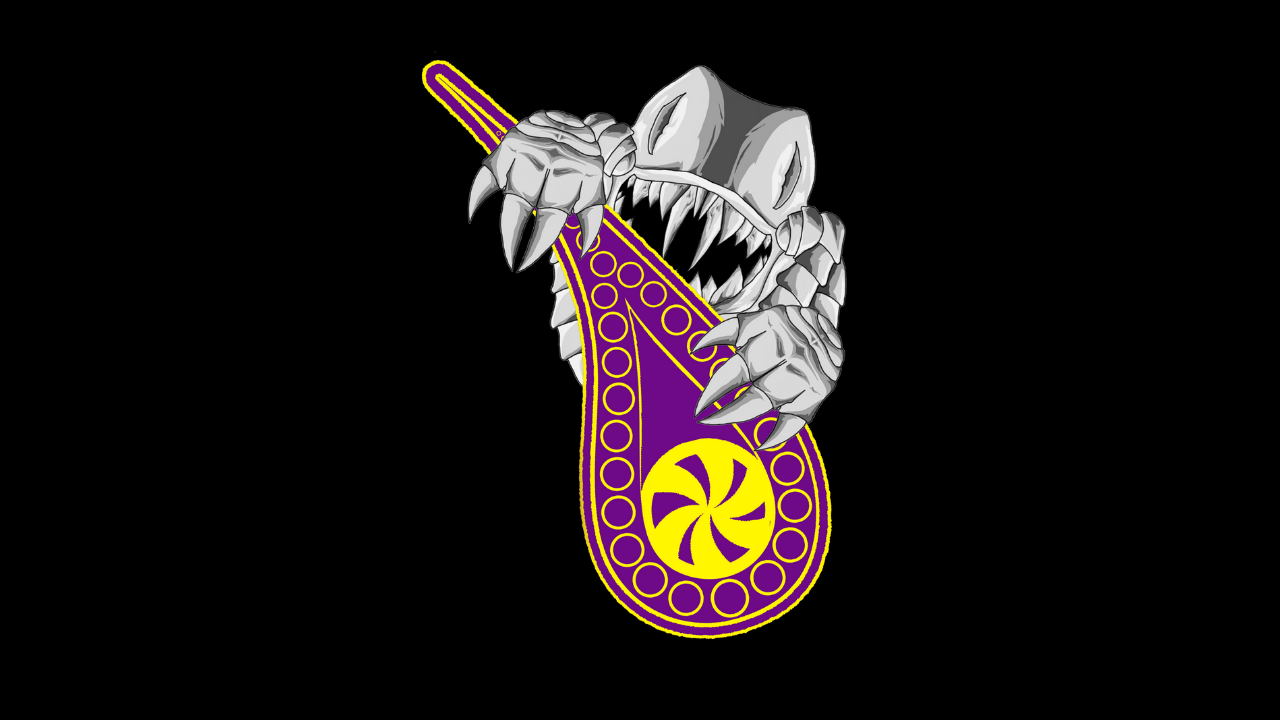The Many Gargoyles of Paisley Abbey & The Work of David Lindsay
- Gavin Divers
- Jan 30
- 3 min read
Paisley Abbey, a stunning example of Gothic architecture, has stood for over 850 years, holding deep historical and cultural significance in Scotland. While its grand arches, stained glass, and historic ties to the Stewart dynasty draw many visitors, one of its most intriguing features is its collection of grotesques and gargoyles. Among them, a peculiar "Alien" sculpture has gained widespread attention, sparking curiosity about its origins and the craftsmanship behind these fascinating figures.

A Brief History of Paisley Abbey
Founded in 1163 by Walter Fitzalan, the first High Steward of Scotland, Paisley Abbey was originally a Cluniac monastery. Over the centuries, it became a major religious and intellectual hub, known for its connections to Scottish royalty, including the Stewart dynasty.
Royal Connections – The abbey is linked to Marjorie Bruce, daughter of Robert the Bruce, who died in 1316 while pregnant with the future King Robert II of Scotland.
William Wallace’s Family – Some historians believe Wallace’s mother, Margaret Craufurd, was buried here.
A Site of Learning – The abbey once housed a scriptorium, where monks copied and illuminated manuscripts.
Over time, the abbey suffered damage, especially during the Scottish Reformation, but restoration efforts in the 19th and 20th centuries have helped preserve its grandeur.

What Are Gargoyles & Why Do They Matter?
Gargoyles serve both a practical and symbolic role in architecture.
Functionally, they act as waterspouts, diverting rainwater away from the building to prevent damage.
Symbolically, they were believed to ward off evil spirits, reinforcing religious teachings in medieval times.
Artistically, many gargoyles feature grotesque, animalistic, or mythical designs.
Paisley Abbey’s gargoyles and grotesques follow this medieval tradition but also include modern interpretations, making them an extraordinary mix of past and present.

The Work of David Lindsay & the Restoration of the Gargoyles
Many of the abbey’s current gargoyles were sculpted in the early 1990s as part of a restoration project. David Lindsay, a renowned Scottish stonemason, was one of the artists involved.
Restoring the Abbey – Many original stone carvings had eroded over time, requiring skilled craftsmen to replace them.
Creative Freedom – While some sculptures stayed true to medieval styles, Lindsay added modern and unique elements.
The "Alien" Gargoyle – The most famous of these grotesques resembles the Xenomorph from the 1979 film Alien.

The "Alien" Gargoyle – Tribute or Coincidence?
The "Alien" grotesque has become a global talking point, with many questioning whether Lindsay deliberately included a reference to Ridley Scott’s sci-fi classic.
Lindsay's Inspiration – While he has acknowledged modern influences, the gargoyle is not an exact replica.
Public Fascination – It has since become one of the most photographed features of Paisley Abbey.
A Modern Twist on Gothic Tradition – The idea of integrating pop culture elements into historic buildings is rare but captivating.

Other Notable Gargoyles & Grotesques at Paisley Abbey
Beyond the famous "Alien" grotesque, Paisley Abbey features an array of traditional and creative designs:
Classic Medieval Beasts – Snarling, open-mouthed creatures typical of Gothic architecture.
Hybrid Creatures – A mix of human and animal-like features, adding an eerie, mystical quality.
Modern Interpretations – Some grotesques contain subtle modern elements, blending old and new.
Each of these grotesques contributes to the abbey’s mystical and eerie atmosphere, making it a treasure trove for visitors.

Paisley Abbey's Cultural & Historical Significance
Beyond its stunning architecture and gargoyle collection, Paisley Abbey holds an important place in Scottish history:
The Birthplace of the Stewart Dynasty – The family that ruled Scotland (and later the UK) has its origins here.
A Centre for Monastic Life – For centuries, it was a hub of learning, craftsmanship, and religious devotion.
Restoration & Preservation – The abbey has survived destruction, neglect, and war, yet continues to thrive as a historical landmark.

How to Experience the Gargoyles for Yourself
For those wanting to explore Paisley Abbey’s gargoyles up close, here are some recommendations:
Self-Guided Tour – Walk around the abbey’s exterior to observe the variety of grotesques.
Guided Tours – Occasionally, the abbey offers historical tours explaining the restoration efforts.
Photography & Sketching – A must-visit for photographers and artists due to the unique mix of styles.
Have you visited Paisley Abbey? Do you have a favourite gargoyle? Share your photos and thoughts!

Final Thoughts
The gargoyles of Paisley Abbey are not just architectural flourishes; they are a blend of history, mythology, and modern imagination. Thanks to the craftsmanship of artists like David Lindsay, these grotesques continue to fascinate visitors, ensuring that Paisley Abbey remains a place of wonder for generations to come.





Comments